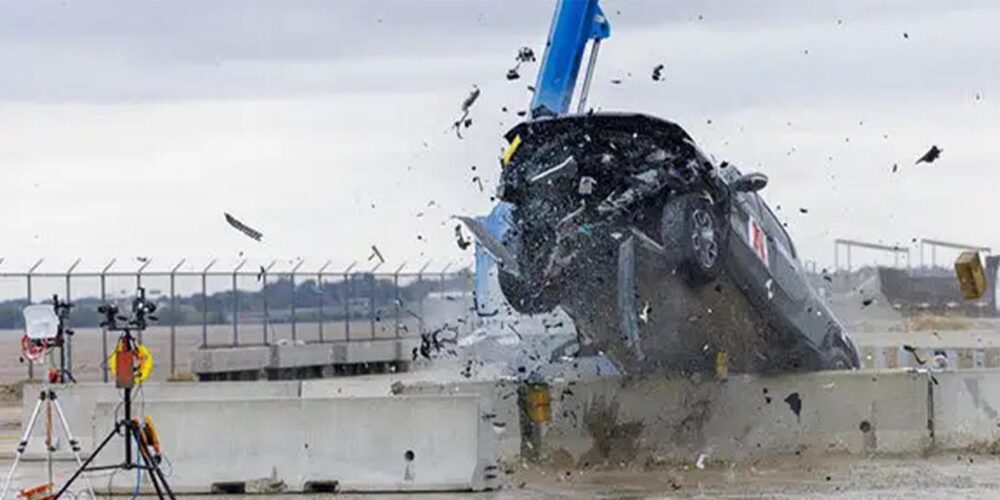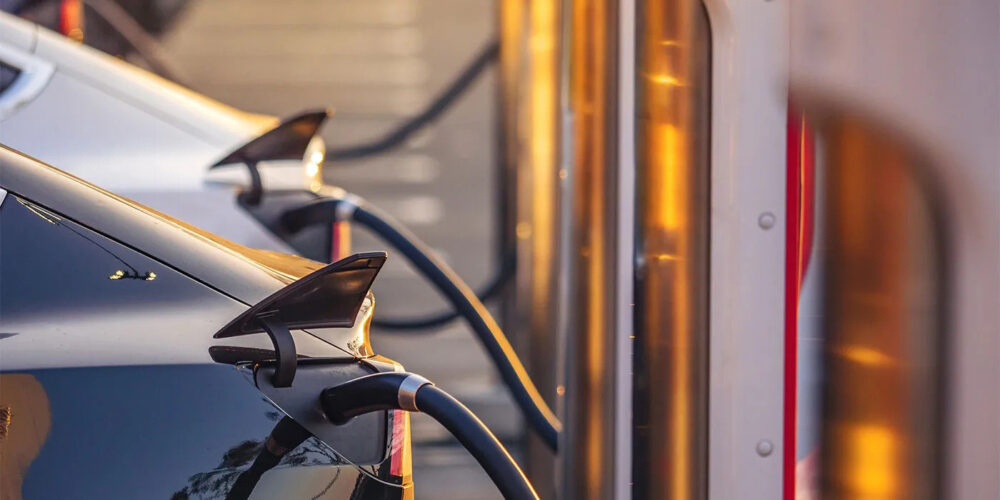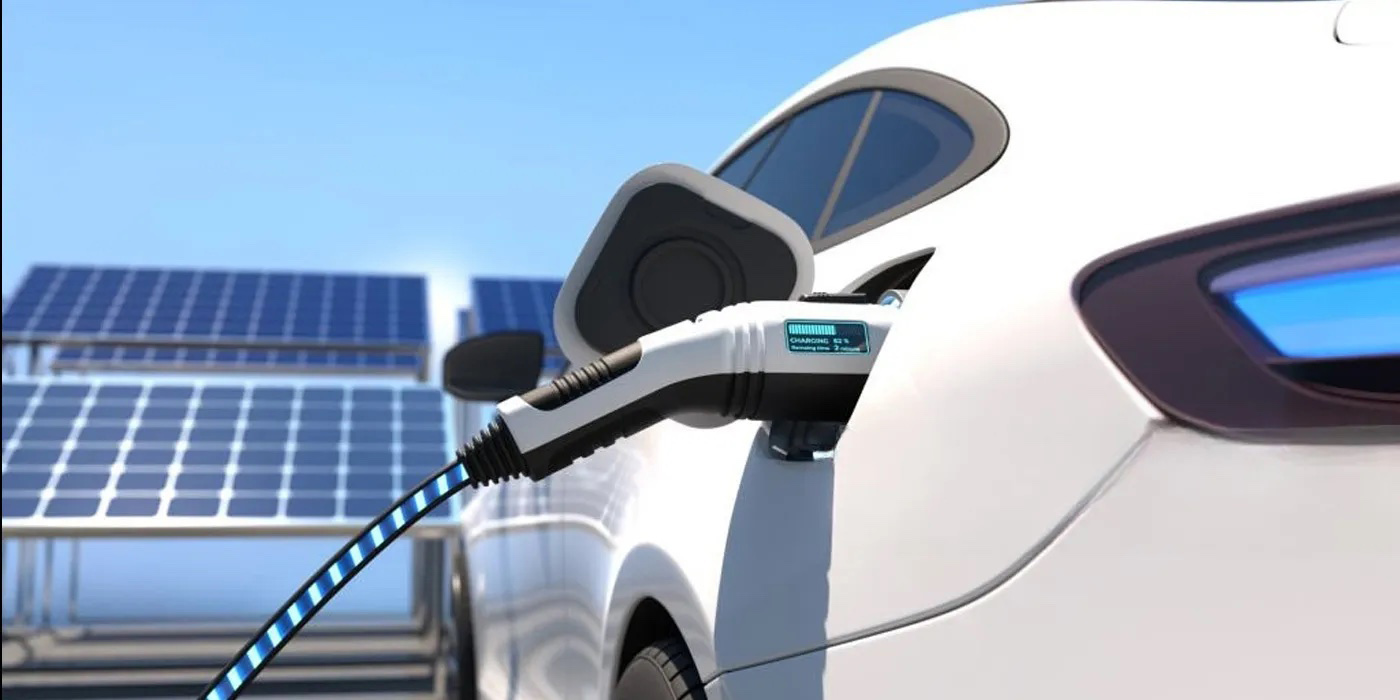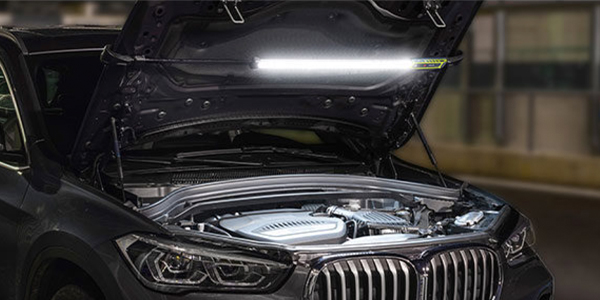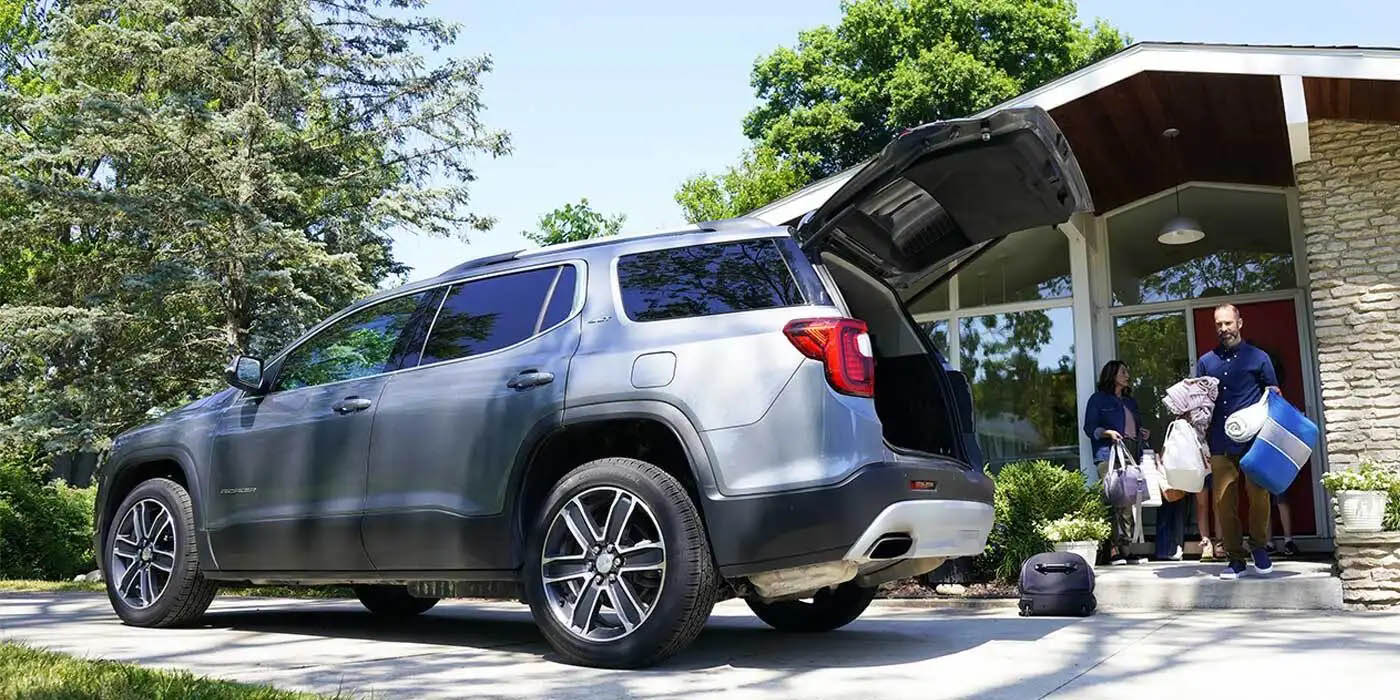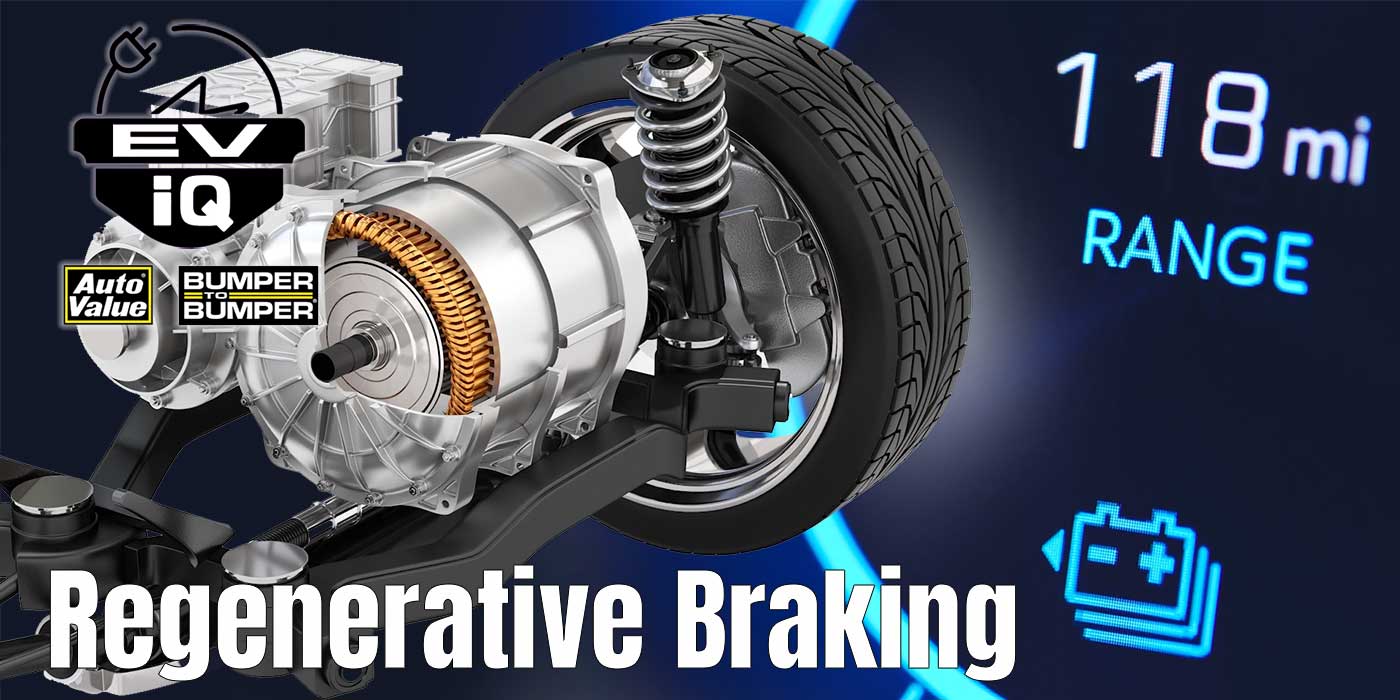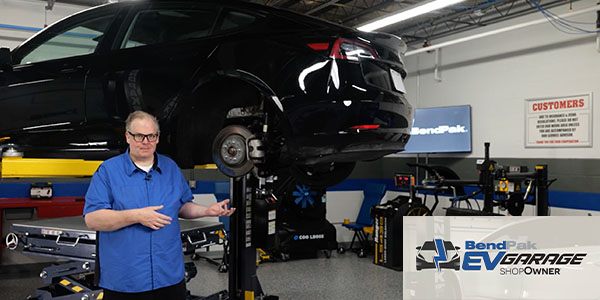The Midwest Roadside Safety Facility at the University of Nebraska-Lincoln (UNL) announced that it recently conducted a first-of-its-kind crash test of an electric vehicle (EV) pickup truck to better understand whether currently used guardrails and U.S. military protection measures against hostile vehicles are prepared for the growing number of EVs. The research was sponsored by the U.S. Army Engineer Research and Development Center (ERDC).
Thousands of fatalities result each year from more than 100,000 run-off-road crashes involving traffic infrastructure such as roadside barriers.
“There is some urgency to address this issue,” said Cody Stolle, assistant director of the Midwest Roadside Safety Facility. “As the percentage of EVs on the road increases, the proportion of run-off-road crashes involving EVs will increase as well.”
A crash test performed on a guardrail on Oct. 12, 2023 highlighted the concern. At 60 mph, the over 7,000-lb. 2022 Rivian R1T truck tore through the barrier with little reduction in speed. In a separate test conducted in September, a 2018 Tesla Model 3 sedan lifted the guardrail and passed below it, coming to rest behind the barrier.
Additional crash tests are planned. Afterward, transportation officials, defense experts and Midwest Roadside Safety Facility researchers will collaborate to determine next steps to accommodate the anticipated changes in America’s vehicle fleet. Auburn University’s Transportation Research Institute, where former Husker transportation researcher Larry Rilett is now director, is also a partner in the research effort.
“The U.S. Army Corps of Engineers mission is to deliver vital engineering solutions, in collaboration with our partners, to secure our nation, energize our economy and reduce disaster risk,” said Genevieve Pezzola, a research civil engineer at the U.S. Army Engineer Research and Development Center. “It is critical to conduct these EV baseline comparison tests to understand any potential risks to our nation. This work is the first necessary step toward ensuring that our nation’s protection measures, such as roadside barrier systems and barriers to protect against hostile vehicles, are adapting to accommodate for the changing composition of the vehicle fleet.”
The guardrail system that was tested features a 12-gauge corrugated steel guardrail attached to 6-inch deep steel posts, anchored to the rail with blockouts 8 to 12 inches thick. The top of the rail is 31 inches above the road.
Designed as an inexpensive, high-performing barrier, the tested guardrail system, the Midwest Guardrail System or MGS, was developed at the Midwest Roadside Safety Facility in response to barrier ruptures and rollovers with older systems. The MGS has been tested with small cars that weigh up to 2,400 lbs. and pickups that weigh 5,000 lbs. Up until now, little has been known about how the system will perform in crashes involving EVs, which typically weigh 20% to 50% more than gas-powered vehicles, with lower centers of gravity.
Midwest Roadside Safety Facility research suggests that EVs are involved in run-off-road crashes at about the same rate and about the same speeds as gasoline vehicles. That would mean an EV crashing into a roadside barrier could have 20% to 50% more impact energy.
“It is going to be necessary to reexamine the designs of roadside barriers even beyond the EVs,” Stolle said. “It’s a critical and timely need.”
UNL has led several efforts to create next-generation barriers. Besides the MGS, the Husker research team, led by former director Dean Sicking and current director Ron Faller, also developed the Steel and Foam Energy-Reducing, or SAFER, barrier, improving race car track safety and saving race car drivers’ lives. The SAFER barrier was even installed in the Rose Bowl during an exhibition racing event.
Today’s challenge is to again adapt roadside barriers to match the mix of heavier EVs, lighter gasoline vehicles, taller SUVs and pickups, and smaller cars. Fulfilling the challenge requires collaboration with diverse backgrounds in defense, transportation, design and crash safety.
“We can learn a lot from the evaluation of EV response to well-defined barrier systems,” Pezzola said. “Through computational modeling and additional tests, we can understand the military and defense implications, with a focus on mitigation and control of hostile vehicles. The overarching goal of this work is to ensure the public’s safety and enhance protection of the nation’s infrastructure.”
UNL’s research will contribute to the U.S. Army Engineer Research and Development Center’s vision through testing, simulation and design. Industry partnerships including Caresoft Global, which gave Husker researchers access to a critical database on current vehicles, including EVs, and Ansys’ LS-DYNA program used with UNL’s supercomputer system, will kickstart work on the next generation of roadside safety systems.
“We need to know as much as we can now because it takes time to design new systems, evaluate them and confirm those results with full-scale crash testing,” said Stolle. “Then, state departments of transportation around the country can begin the process of upgrading roadside barriers to new versions with more robustness. We’ll use our collective century of experience in roadside safety design to make those changes quickly and save lives.”

